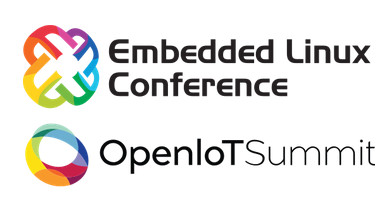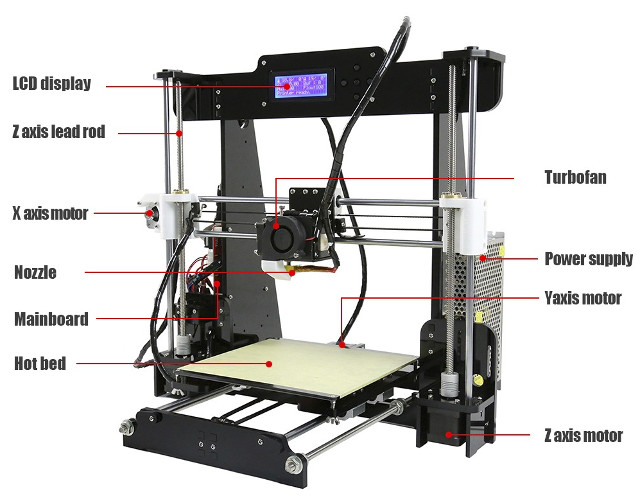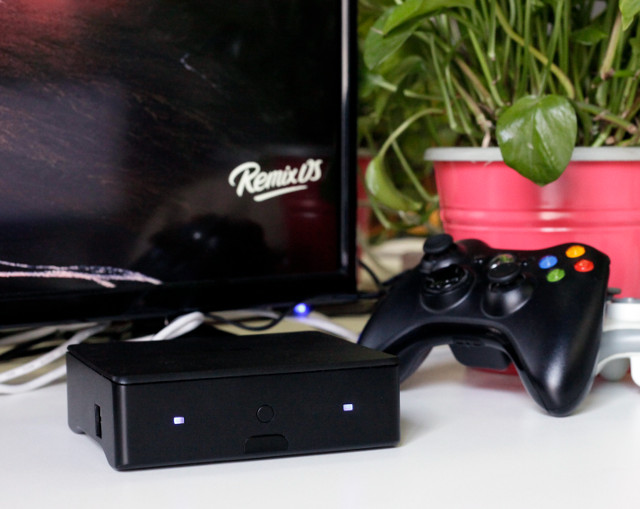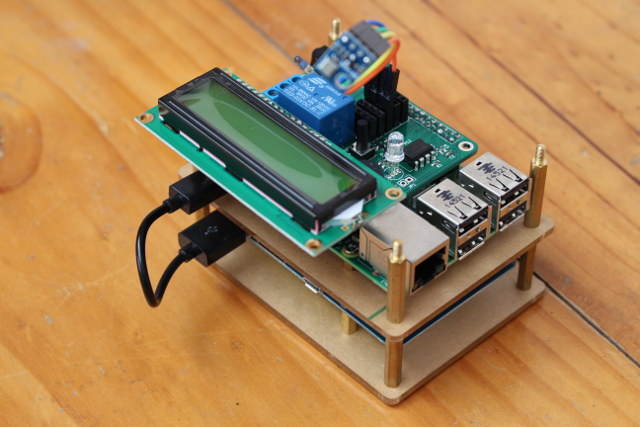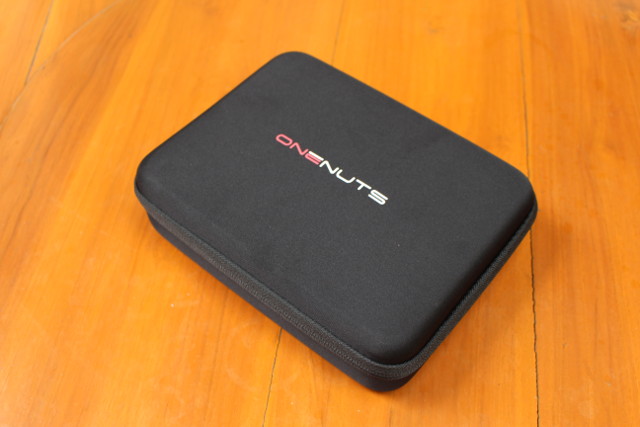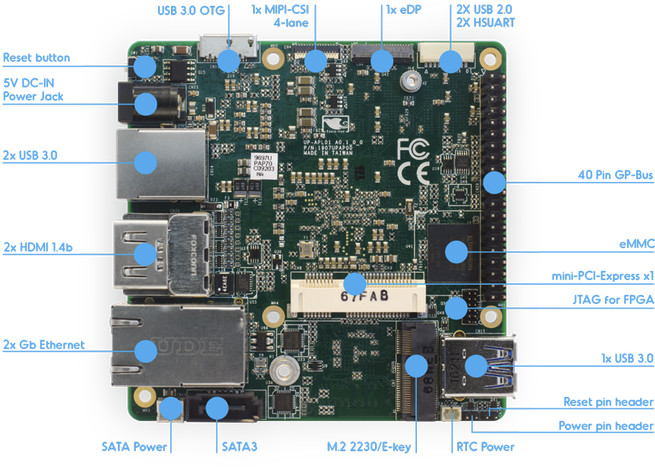LoRa appears to be one of the most popular LPWAN standards so far, with hobbyist development boards such as LoPy or LoRaONE, and we’ll soon have at least one more choice thanks to Marvin, a LoRa development board with a full size USB port. Marvin board specifications: MCU – Atmel/Microchip ATmega32u AVR MCU (same as Arduino Leonardo board) Connectivity – LoRa via Microchip RN2483; Supports both 868 MHz and 433 MHz frequency bands, on-board antenna USB – 1x USB, 1x micro USB port for power and programming Debugging – USB, and ISP header Expansion – 5x Grove connectors Power Supply – 5V via USB port Dimensions – N/A, but similar to USB flash drive The board can be programmed with the Arduino IDE, and they mention IBM Bluemix platform, and Node-RED, but overall details about documentation and software are scarce right now. One of the advantage of this form factor is […]
Embedded Linux Conference and OpenIoT Summit Europe 2016 Videos are Now Available Online
The Embedded Linux Conference and OpenIoT Summit Europe 2016 conferences took place on October 11 – 13 in Berlin, Germany, with many interesting talks about Linux, development boards, power management, embedded systems, software optimization, tools, and so on, as well as a few keynotes. The Linux Foundation has recorded most talks and keynotes, and made the videos available on their website. A free registration is required, and will redirect you to the full unlisted playlist on YouTube. Tim Bird keynote can be watch directly without registration. You can also download the slides for each presentation. Thanks to Harley for the tip. Jean-Luc Aufranc (CNXSoft)Jean-Luc started CNX Software in 2010 as a part-time endeavor, before quitting his job as a software engineering manager, and starting to write daily news, and reviews full time later in 2011. www.cnx-software.com
Anet A8 DIY 3D Printer Could Be a Worthwhile First 3D Printer for $147
You probably have wished getting started with 3D printer, as I did, but you may have been put off with the high cost associated with 3D printers even the cheaper ones for several hundred dollars, especially if you are unsure whether you’re going to use it often. But there’s now a very affordable 3D printer kit based on Prusa i3 printer that sells on GearBest for $146.99 including shipping with A8PRINT coupon. Anet A8 3D printer specifications: Print Area: 220 x 220 x 240mm Print speed – 100 mm/s Nozzle diameter – 0.4 mm Layer thickness – 0.1 – 0.3 mm XY-axis positioning accuracy – 0.012 mm Z-axis positioning accuracy – 0.004 mm Supported materials – ABS, PLA, TPU, Luminescent, Nylon PVA, PP, Wood??? Material diameter – 1.75mm Frame material – Acrylic plate Platform board: Aluminum Base 2004 LCD screen for configuration SD card for offline print Supported file formats – […]
Remix IO+ Android TV Box Features Rockchip RK3399 Processor, 4GB RAM, 32GB Storage for $129 (Crowdfunding)
Jide Technology launched a Kickstarter campaign for Remix IO TV box a couple of weeks ago, and now they’ve added a very interesting device with Remix IO+ TV box running the company’s Remix OS operating system powered by Rockchip RK3399 hexa-core processor with 4GB RAM, 32 GB storage. The case design will be the same, but the hardware much more powerful than the Rockchip RK3368 based modek. Remix IO+ specifications: SoC – Rockchip RK3399 Hexa core processor with 2x ARM Cortex-A72 cores @ up to 2.0 GHz, 4x ARM Coertex A53 cores, and Mali-T860MP4 GPU System Memory – 4 GB RAM Storage – 32 GB eMMC flash + microSD card slot up to 128GB Video Output – HDMI 2.0s port up to 4K @ 60 Hz, VGA port Audio Output – HDMI, 3.5mm audio jack Connectivity – Gigabit Ethernet port, dual band 802.11 a/b/g/n/ac WiFi, Bluetooth 4.0 USB – 2x […]
RabbitMax Flex IoT Board for Raspberry Pi Supporting up to Five I2C Sensors Launched on Indiegogo for 20 Euros and Up
RabbitMax Flex is an add-on board, compatible with HAT specifications, for Raspberry Pi 2 /3 boards and other Raspberry Pi models with a 40-pin GPIO header. It includes headers for up to 5 I2C sensors, as well as an RGB LED, a buzzer, a relay, a button, infrared receiver and transmitter, and an optional LCD display, and as we’ve seen in my RabbitMax Flex getting started guide, a nice way to learning about hardware programming using either C or Python, or to used in home automation or IoT projects. The project has just been launched on Indiegogo. RabbitMax Flex specifications: Relay – Songle SRD-05VDC-SL-C supporting 125V/250VAC up to 10A, 30VDC up to 10A Storage – EEPROM with some system information for identification IR – IR LED, IR receiver Misc – Buzzer, Button, RGB LED Expansion Header for LCD character display + potentiometer for backlight adjustment 5x 4-pin headers for I2C […]
ONENUTS Nut 1 TV Box Specifications, Unbagging and Teardown
I first discovered Shenzhen Tomato’s ONENUTS brand through ONENUTS T1 3-in-1 projector, tablet, and mini PC, but the company has now launched a new product with ONENUTS Nut 1 Android TV box powered by Amlogic S912 processor, and the usual 2GB RAM and 16GB storage, but the product stands out a little thanks to its presentation as we’ll see below. ONENUTS Nut 1 Specifications The technical specifications are pretty much standard: SoC – Amlogic S912 octa-core ARM Cortex A53 processor @ up to 1.5 GHz with ARM Mali-820MP3 @ up to 750MHz System Memory – 2GB DDR3 Storage – 16GB eMMC flash + micro SD slot up to 32GB Video Output – HDMI 2.0a up to 4K @ 60Hz with CEC and HDR support, and AV port (composite) Audio Output – HDMI, AV (stereo audio), and optical S/PDIF Connectivity – Gigabit Ethernet, dual band WiFi 802.11 b/g/n/ac, Bluetooth 4.0 USB […]
UP Squared Apollo Lake Development Board Comes with Up to 8GB RAM, 128 GB Storage for 89 Euros and Up (Crowdfunding)
AAEON Introduced a Intel Atom X5 based Raspberry Pi-like development board named “UP Board” last year that sold for as low as 89 Euros via a Kickstarter campaign. The company is now back with the first Apollo Lake development board for makers I’ve seen so far, powered by either a dual core Celeron N3350 or a quad core Pentium N4200 processor, featuring an Altera MAX 10 FPGA, and called UP2 (“UP Squared”). There are six variants of UP Squared board sharing most of the same technical specifications: SoC Intel Celeron N3350 dual core “Apollo Lake” processor @ 1.1 GHz / 2.4 GHz with 12 EU Intel HD graphics 500 @ 200 MHz / 650 MHz (6W TDP) Intel Pentium N4200 quad core “Apollo Lake” processor @ 1.1 GHz / 2.5 GHz with 18 EU Intel HD graphics 505 @ 200 MHz / 750 MHz (6W TDP) FPGA – Altera Max […]
Getting Started with RabbitMax Flex IoT and Automation Hat for Raspberry Pi
At the beginning of the month I showed how to assemble RabbitMax Flex, a Raspberry Pi HAT compliant add-on board for Raspberry Pi boards with 40-pin header, that targets IoT and home automation project with its relay, IR transmitter and receiver, I2C headers for sensors, buzzer, RGB LED, and more. Since I’ve already described the hardware, I’ve spend some time this week-end following the user’s guide to play around with the board using a Raspberry Pi 2 board, and try various features. The user’s manual explains that you need the latest version of Raspbian, but I’d not played with my Raspberry Pi 2 board for a while, so the kernel and firmware were quite old:
|
1 2 3 4 5 6 |
uname -a Linux raspberrypi 4.1.7-v7+ #817 SMP PREEMPT Sat Sep 19 15:32:00 BST 2015 armv7l GNU/Linux pi@raspberrypi ~ $ /opt/vc/bin/vcgencmd version Sep 23 2015 12:12:01 Copyright (c) 2012 Broadcom version c156d00b148c30a3ba28ec376c9c01e95a77d6d5 (clean) (release) |
So the first thing I had to do was to upgrade Raspbian. There are basically two options to upgrade, either downloading and dumping the latest Raspbian firmware image to your micro SD card, and […]



